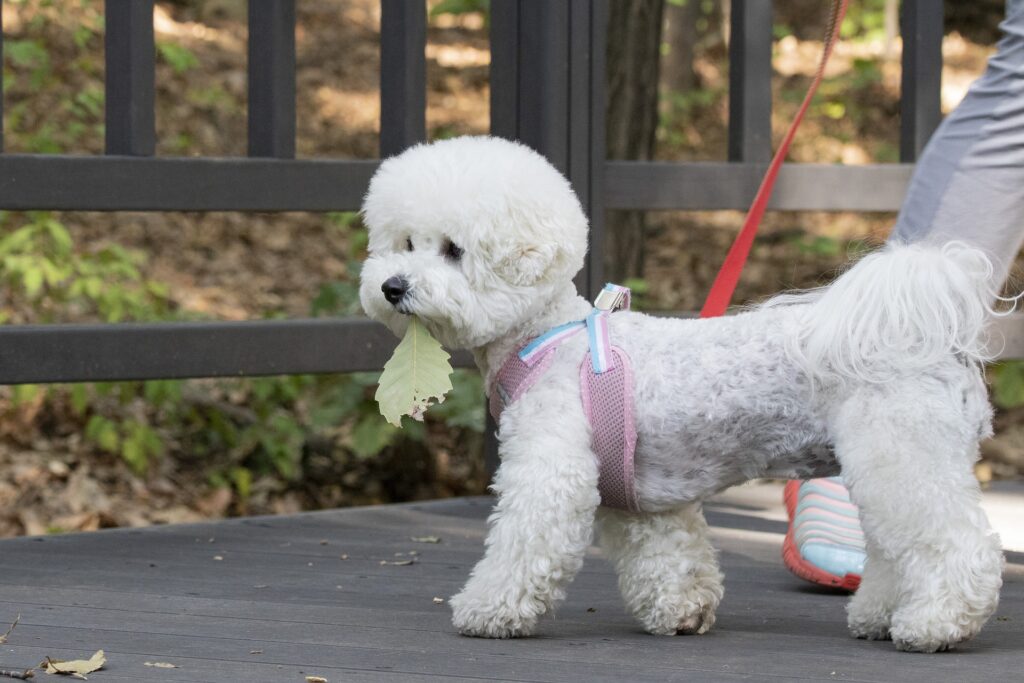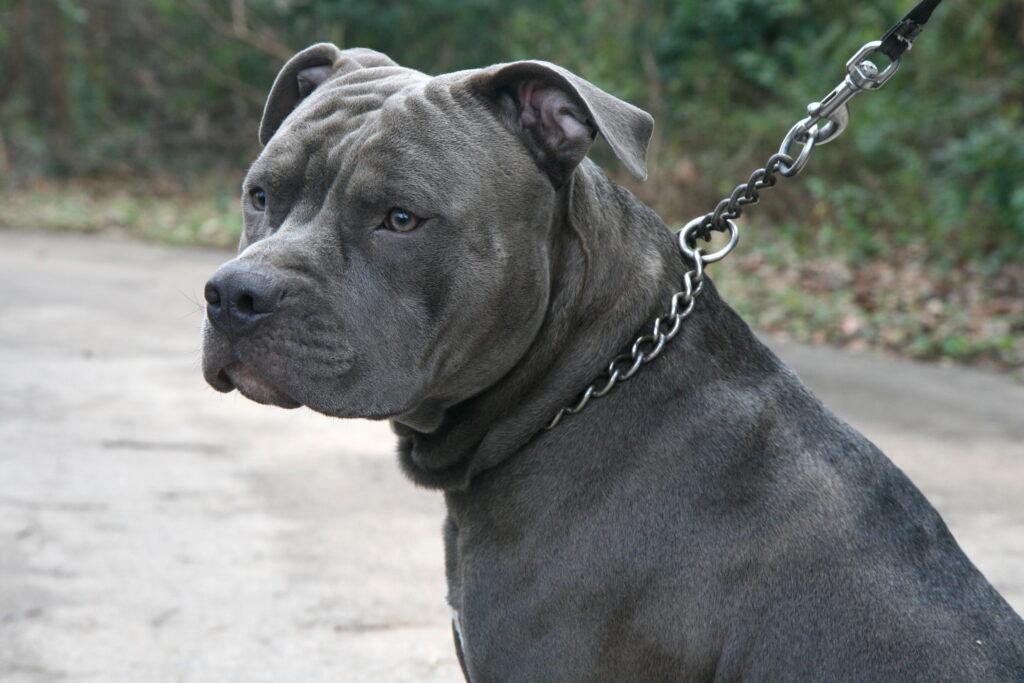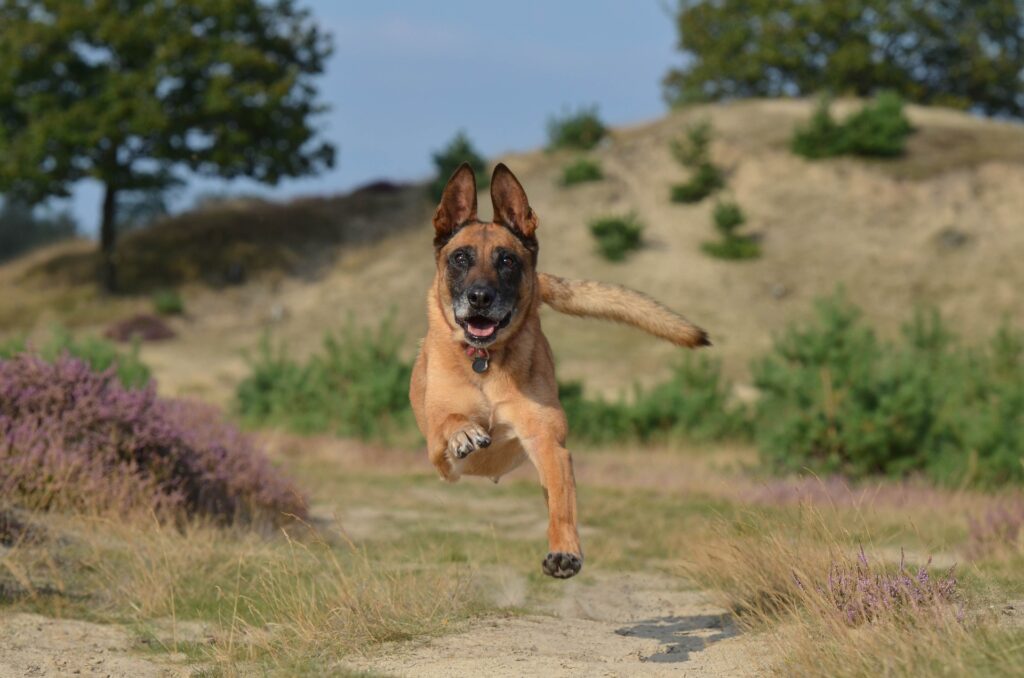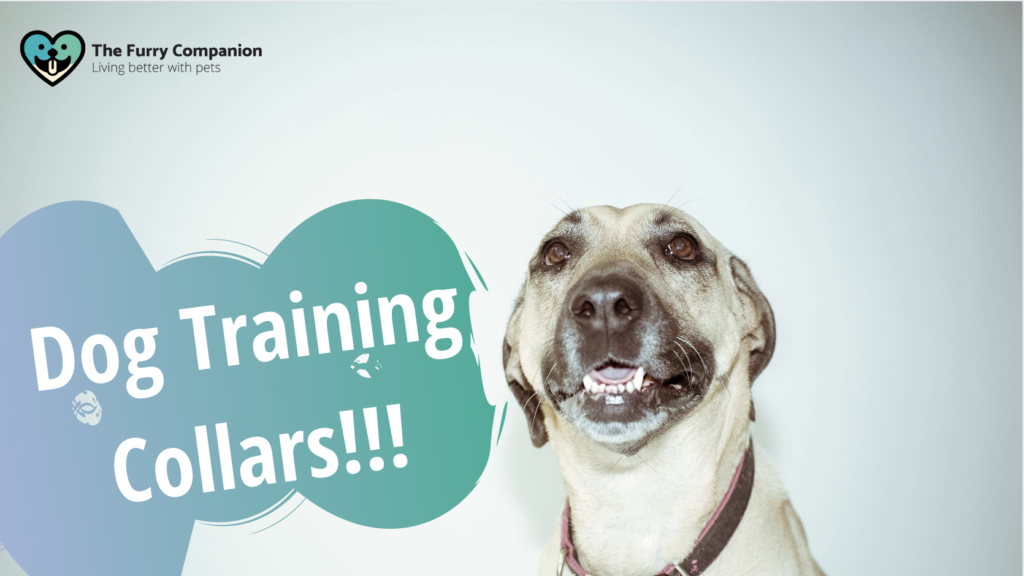
There is never a dull moment when it comes to living with our adorable fur babies. Life with dogs running around the house and occasionally snuggling with us is a dream come true for most of us. Having them beside us means having a loyal companion, a life-long playmate, and, most importantly, an endless supply of chewed-on shoes. But sometimes they can get overly zestful and bring chaos all over the place. Our fur babies might need a dog training collar.
Teaching your dog new tricks and how to behave in different spaces will be the path towards living a harmonious life together. At the same time, it will ensure your safety and well-being.
Table of Contents
Dog Training Collar

A training collar for dogs is the most commonly used gear for dog behavior alteration training. Training collars are helpful when you are trying to teach tricks, boundaries, obedience. Dogs are smart animals, and they are usually eager to learn. So aside from using these kinds of training gears, it is crucial to communicate appropriately with your dog.
A training collar for dogs comes in different types, and knowing the difference in their functions will help you understand how to use them safely and effectively. According to Christine Merle DVM, MBA, CVPM, “A collar won’t be any good unless you know how to use it. It is important to learn from someone how to put it on and use it properly.”
To know which among them would work best for the training path that you and your dog are going to follow, The Furry Companion listed down six types of dog training collar, their different training focuses, and how to use them. Having this knowledge will help you in choosing the right collar to try on your fur baby.
1. Chain Slip Collars

Chain slip collars are also called choke chains. This collar is made of metal chains or sometimes partially made of metal and partly made of leather. Trainers use choke chains for training dogs to walk on a leash.
How It Works: When the chain slip collar pulls tightly, it closes on the dog’s neck and creates tension which compresses the throat and causes a choking sensation. When the dog relaxes, the tension loosens on the leash and collar.
The function of these collars is to prevent your dog from pulling when it is on a leash. It is only suitable for training usage and not for everyday use. It is generally not recommended by dog owners as there is a risk of neck injuries, so if you wish to use these collars for your dog’s training, you must have enough knowledge on how to use it.
You must never leave your dog on chain slip collars unattended to avoid strangulation. This type of training collar is not suitable for short-nosed dog breeds. Check out Chain slip collars in Amazon here.
2. Prong Collars
Metal prong collars are also known as pinch collars. Prong collars are metal collars comprised of links which can be adjusted to expand or to shorten by the number of chain links.
How It Works: Each link is made up of spiky metal prongs. These prongs cause discomfort as they push into the dog’s skin when the dog pulls too hard. We want to emphasize that if you opt for a prong collar, it must be a good fit and the size of the metal links must be proportional to the size of your dog.
These collars are suitable for active, aggressive, or hard-to-control dogs with bulky bodies who pull on the leash during walks. It helps dogs transition to walking calmly even while on a leash. It is usually frowned upon by dog owners because of its intimidating appearance and its nature of inflicting discomfort to reinforce the behavior.
Similar to the chain slip collars, you must use prong collars only for training purposes. Do not leave your dog alone while it is wearing it. Prongs collars are suitable for energetic, active dogs with muscular necks, like German Shepherds and pit bulls.
3. Martingale Collars
Martingale collars have two loops: the larger loop acts as the collar, and the smaller loop goes around the back of the neck, where the leash is attached. It is more comfortable than the first two collars because it is usually made of fabric or nylon rather than a metal chain. It also has more varieties of cute designs to style up your fur baby.
How It Works: Martingale collars works the same way as the choke chains, but it is considered the safer option between the two because of its built-in limitation, which limits how tight the collar can slip around the dog’s neck. When the dog pulls, it gently tightens against the dog’s neck. It is less likely to cause choking if you properly adjust the size of the collar to the size of your dog’s neck.
Martingale collars are suitable for dog breeds with heads smaller than their necks, like greyhounds, whippets, wolfhound, and borzoi. It is not recommended for bull-necked dogs or dogs with muscular necks, as wells as for tiny dog breeds. It is also useful for handling dogs who slip out of their leashes or charge at the door when people enter the room.
4. Electronic Collars
Electronic collars are also known as shock collars or remote collars. From the name itself, you already have an idea about how it functions.
How It Works: Some electronic collars allow you to monitor your dog’s behavior even when you are not holding them or standing near them. Its primary function is to shock the dog when you press the remote linked with the collar.
An electronic training collar for dogs is intended to modify behaviors like excessive barking, jumping, or going beyond its physical boundaries. It is also fit for dogs who have proved to be difficult to train with a traditional dog training collar.
Although considered relatively useful, this type of training collar has been a center of debate among trainers and dog owners, as it instills fear to the dog. Roger Welton, DVM says that “This technique utilizes negative reinforcement, which is, providing an undesirable consequence to avert unwanted behavior.” Use it with caution as the wrong usage may lead to even more behavioral problems in the future. The shock feature may also be ineffective if not timed correctly.
It is a must to consult with a professional trainer or a veterinarian before opting for this type of dog training collar.
5. Head Collars
Head collars have a calming effect and are intended to help train dogs to walk on a leash. When used appropriately, head collars can help your dog be more relaxed when walking on a leash. Once the dog adapts to it, it can also be used for other training as well.
Making your dogs wear head collars may cause discomfort at first, and they might try to get it off. Dogs are wary of strange things, so do not be surprised if they hate it at first wear.
How It Works: The idea of head collars is to loop the lead around your dog’s muzzle and then tug it to prevent your dog from pulling away. A light tug will halt the movement of your dog and redirect its attention, with little to no discomfort and pressure on the throat and the head.
6. Harnesses
Harnesses are a type of collar that goes around the dog’s chest and torso which connects in the middle and crosses over the back. “Body harnesses are a great tool because of the comfort they afford the dog and the ease with which most dogs adjust to them,” Mikkel Becker, CBCC-KA, CPDT-KA, CDBC points out.
How It Works: You can put it on your dog as it is, or you can attach a leash to the top of the harness.
Dog owners prefer this type of collar because they put no pressure on the dog’s neck; hence, it is also ideal for dogs with neck problems.
Harnesses are useful for training your dog not to pull while walking or to correct certain behaviors while walking on a leash.

Collating Final Thoughts On Dog Training Collar Types And Traits
Dog owners use training collars for a variety of reasons. Like the ones listed above, there are a wide variety of dog training collars to choose from to correct your dog’s behavior and set rules and boundaries. If used correctly and with caution, it can be a useful training tool. Also, note that a training collar is only for training purposes and not for long-time use.
Once your dog is all grown and learned, a flat or regular collar should be enough when taking him/her outside for a walk. If he/she has behaved enough, you might not even need any collars and leashes at all. We can already hear the proud fur mom and dad sobs.

If you decide to use these collars for training your dog, do not forget that you are also part of the training process. It will require tons of patience and understanding on your part. As fur parents, we must guide them and be with them throughout the training journey. Keep in mind that you are doing this for a better relationship and bond between you and your fur baby.
To make sure that you are using your chosen training collar safely and correctly, consult a professional trainer before deciding which training collar fit your dog’s condition.
Dog Training Collar FAQs
Is a dog training collar good for dogs?
Training collars should be used by a professional trainer. If the gadget is misused, it might be counterproductive and instead lead to aggression or anxiety.
What is the best dog training collar?
PetSafe Yard & Park Dog Training Collar is the best because of its features like dog size, and signal range. Plus this collar is affordable. It also has static stimulation and a rechargeable remote. You can Order PetSafe Yard in Amazon here.
What is the best electric dog training collar?
Electric dog training collars are effective tools for teaching dogs skills and discipline. The best electric training collars are Dog Care Dog Training Collar, Instecho Dog Training Collar, and Educator E-Collar Remote Dog Training Collar. You can avail Dog Care Dog Training Collar via Amazon here.
How do you train a dog with a training collar?
After the collar has been attached around the dog’s neck, set the stimulation at the lowest level. Every time that your dog responds accordingly, reward it. When they are showing bad behavior, try to enable the stimulation so they can associate it with the unwanted sensation. Do it repeatedly and constantly then take note of your dog’s progress.
Is it bad for a dog to wear a collar all the time?
Collars are required to be worn when outside the house. While wearing collars are not necessarily harmful, it can be taken off if the dog is staying indoors.
Why you shouldn’t use a shock collar?
A shock collar can cause dogs to be aggressive. The shock may be associated with unpleasant experiences and might cause adverse effects on the dog.
Do wearing a harness hurt my dog?
As most dog collars and harnesses are designed to fit the body frame of your dog, it can generally not hurt them. You should look for good harnesses with adjustable and padded straps. This can improve the pressure spreading on their bodies. Avoid badly designed harnesses where the strength is usually placed on back straps.
Do shock collars make dogs aggressive?
Yes, it is because of the anxiety caused by stimulation. Shock collars may lead to aggressive behavior and lead to attacking humans and other animals.
How long can you leave a shock collar on a dog?
The shock collar should be on for a maximum of 12 hours to avoid sores. It is also recommended to reposition the collar every one or two hours.
When should you use a vibrating collar on a dog?


